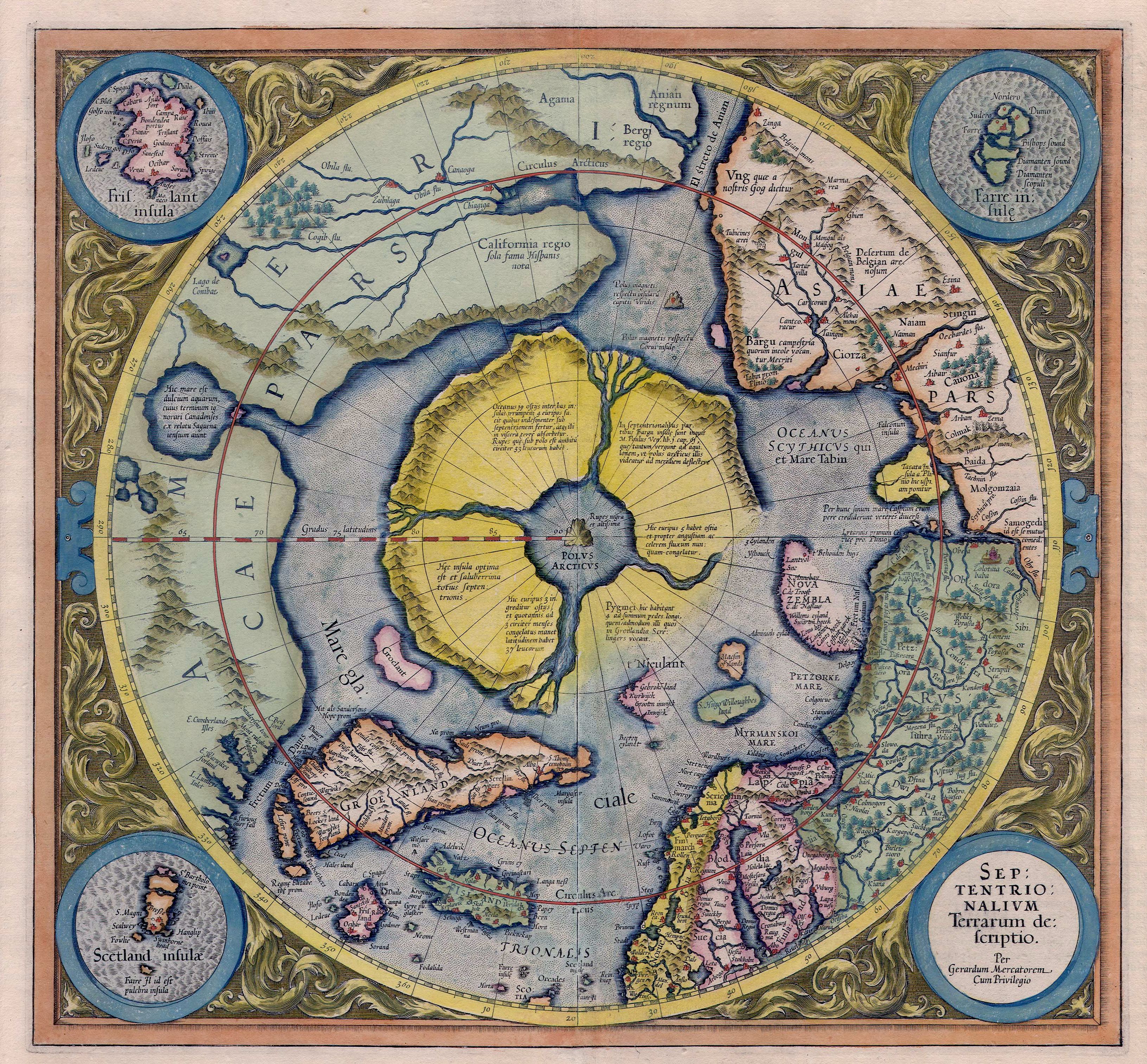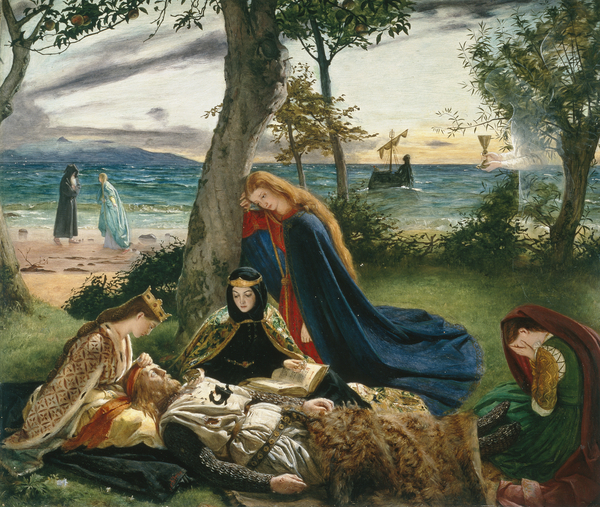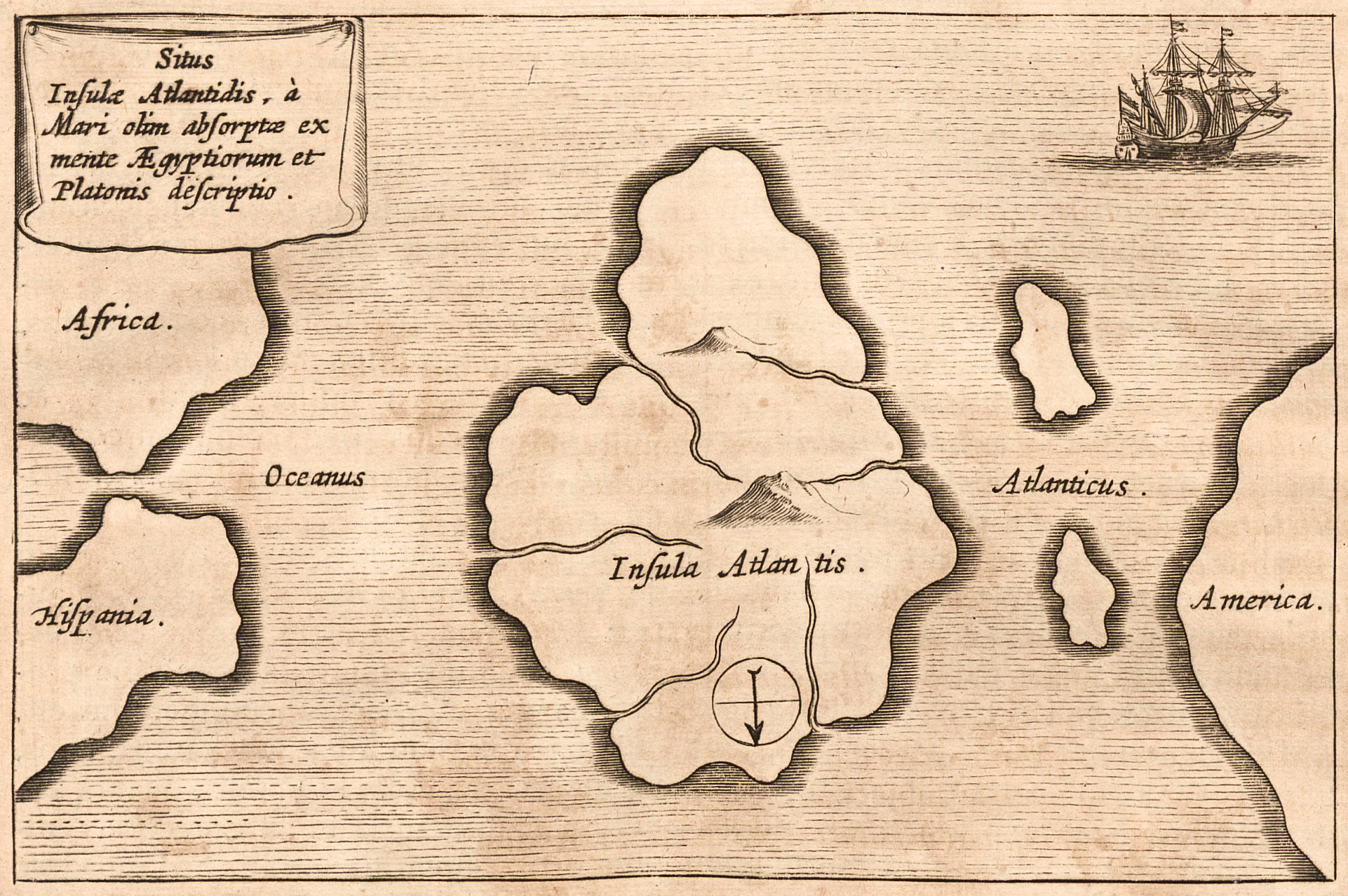|
William Fairfield Warren
William Fairfield Warren (March 13, 1833 – December 7, 1929) was the first president of Boston University. Biography Born in Williamsburg, Massachusetts, he graduated from Wesleyan University, Middletown, Connecticut (1853), and there became a member of the Mystical Seven. He later studied at Andover Theological Seminary and at Berlin and Halle. He entered the New England Conference in 1855 and was professor of systematic theology in the Methodist Episcopal Missionary Institute at Bremen, Germany (1860–1866). He was acting president of the Boston University School of Theology (1866–1873), president of Boston University (1873–1903), and dean of the Boston University School of Theology (1903–1911). After 1873 he was also professor of comparative theology and philosophy of religion. He published: *''The True Key of Ancient Cosmology'' (1882) *'' Paradise Found—the Cradle of the Human Race at the North Pole'' (1885) *''The Quest of the Perfect Religion'' (1886) *' ... [...More Info...] [...Related Items...] OR: [Wikipedia] [Google] [Baidu] |
Williamsburg, Massachusetts
Williamsburg is a town in Hampshire County, Massachusetts, United States. The population was 2,504 at the 2020 census. It is part of the Springfield, Massachusetts Metropolitan Statistical Area. History The area was first settled in 1735 and was officially incorporated in 1771. In addition to the main village of Williamsburg near the center of town, the town includes the villages of Haydenville and Searsville. Haydenville is now recognized by the Haydenville Historic District. The Mill River flows southeast from Williamsburg village, where the East and West branches join, through Haydenville and into Northampton, on its way to the Connecticut River. Searsville (+42° 24' 00.00", −72° 43' 58.00) is referenced three times in the 1904 book ''Hampshire County History'' on the highway between Williamsburg and Goshen approximately one mile above the center of the village, is the settlement of Searsville. In 1795, Rufus Hyde moved his blacksmith shop down from Meetinghouse Hill ... [...More Info...] [...Related Items...] OR: [Wikipedia] [Google] [Baidu] |
The Heathen Woman's Friend
''The Heathen Woman's Friend'' (1869-1896; renamed ''Woman's Missionary Friend'', 1896–1940) was a Christian women's monthly newspaper. Established in May 1869, it was published by the Woman's Foreign Missionary Society of the Methodist Episcopal Church in Boston, Massachusetts. The monthly magazine describe conditions in the mission fields of the church, document the work of the society, and provide assistance to missionaries. ''The Heathen Woman's Friend'' was launched with volume 1, number 1 in May 1869. Its final issue, volume 27, number 6, was issued December 1895. The publication was relaunched as the ''Woman's Missionary Friend'' with volume 27, number 7 in January 1896, and ended with volume 73, number 7 in August 1940. The paper was able to pay its expenses and gave large sums to the Society. From 1882 to 1893, it contributed $26,000 to other forms of church work, and aided in carrying the miscellaneous literature published by the Society, the annual reports, uniform stud ... [...More Info...] [...Related Items...] OR: [Wikipedia] [Google] [Baidu] |
Homer
Homer (; grc, Ὅμηρος , ''Hómēros'') (born ) was a Greek poet who is credited as the author of the ''Iliad'' and the ''Odyssey'', two epic poems that are foundational works of ancient Greek literature. Homer is considered one of the most revered and influential authors in history. Homer's ''Iliad'' centers on a quarrel between King Agamemnon and the warrior Achilles during the last year of the Trojan War. The ''Odyssey'' chronicles the ten-year journey of Odysseus, king of Ithaca, back to his home after the fall of Troy. The poems are in Homeric Greek, also known as Epic Greek, a literary language which shows a mixture of features of the Ionic and Aeolic dialects from different centuries; the predominant influence is Eastern Ionic. Most researchers believe that the poems were originally transmitted orally. Homer's epic poems shaped aspects of ancient Greek culture and education, fostering ideals of heroism, glory, and honor. To Plato, Homer was simply the one who ... [...More Info...] [...Related Items...] OR: [Wikipedia] [Google] [Baidu] |
Irminsul
An Irminsul (Old Saxon 'great pillar') was a sacred, pillar-like object attested as playing an important role in the Germanic paganism of the Saxons. Medieval sources describe how an Irminsul was destroyed by Charlemagne during the Saxon Wars. A church was erected on its place in 783 and blessed by Pope Leo III. Sacred trees and sacred groves were widely venerated by the Germanic peoples (including Donar's Oak), and the oldest chronicle describing an Irminsul refers to it as a tree trunk erected in the open air.d'Alviella (1891:112). Etymology The Old Saxon word compound means 'great pillar'. The first element, ('great') is cognate with terms with some significance elsewhere in Germanic mythology. Among the North Germanic peoples, the Old Norse form of is , which just like is one of the names of Odin. Yggdrasil (Old Norse 'Yggr's horse') is a cosmic tree from which Odin sacrificed himself, and which connects the Nine worlds. 19th century scholar Jakob Grimm connects the name ... [...More Info...] [...Related Items...] OR: [Wikipedia] [Google] [Baidu] |
Yggdrasil
Yggdrasil (from Old Norse ), in Norse cosmology, is an immense and central sacred tree. Around it exists all else, including the Nine Worlds. Yggdrasil is attested in the ''Poetic Edda'' compiled in the 13th century from earlier traditional sources, and in the ''Prose Edda'' compiled in the 13th century by Snorri Sturluson. In both sources, Yggdrasil is an immense ash tree that is central to the cosmos and considered very holy. The gods go to Yggdrasil daily to assemble at their traditional governing assemblies, called things. The branches of Yggdrasil extend far into the heavens, and the tree is supported by three roots that extend far away into other locations; one to the well Urðarbrunnr in the heavens, one to the spring Hvergelmir, and another to the well Mímisbrunnr. Creatures live within Yggdrasil, including the dragon Níðhöggr, an unnamed eagle, and the stags Dáinn, Dvalinn, Duneyrr and Duraþrór. Scholars generally consider ''Hoddmímis holt'', ''Mímameiðr'' ... [...More Info...] [...Related Items...] OR: [Wikipedia] [Google] [Baidu] |
Axis Mundi
In astronomy, axis mundi is the Latin term for the axis of Earth between the celestial poles. In a geocentric coordinate system, this is the axis of rotation of the celestial sphere. Consequently, in ancient Greco-Roman astronomy, the ''axis mundi'' is the axis of rotation of the planetary spheres within the classical geocentric model of the cosmos. In 20th-century comparative mythology, the term axis mundi — also called the cosmic axis, world axis, world pillar, center of the world, or world tree — has been greatly extended to refer to any mythological concept representing "the connection between Heaven and Earth" or the "higher and lower realms." Mircea Eliade introduced the concept in the 1950s. Axis mundi closely relates to the mythological concept of the '' omphalos'' (navel) of the world or cosmos. Items adduced as examples of the ''axis mundi'' by comparative mythologists include plants (notably a tree but also other types of plants such as a vine or stalk), ... [...More Info...] [...Related Items...] OR: [Wikipedia] [Google] [Baidu] |
Atlas
An atlas is a collection of maps; it is typically a bundle of maps of Earth or of a region of Earth. Atlases have traditionally been bound into book form, but today many atlases are in multimedia formats. In addition to presenting geographic features and political boundaries, many atlases often feature geopolitical, social, religious and economic statistics. They also have information about the map and places in it. Etymology The use of the word "atlas" in a geographical context dates from 1595 when the German-Flemish geographer Gerardus Mercator published ("Atlas or cosmographical meditations upon the creation of the universe and the universe as created"). This title provides Mercator's definition of the word as a description of the creation and form of the whole universe, not simply as a collection of maps. The volume that was published posthumously one year after his death is a wide-ranging text but, as the editions evolved, it became simply a collection of maps and it is ... [...More Info...] [...Related Items...] OR: [Wikipedia] [Google] [Baidu] |
Hyperborea
In Greek mythology, the Hyperboreans ( grc, Ὑπερβόρε(ι)οι, ; la, Hyperborei) were a mythical people who lived in the far northern part of the known world. Their name appears to derive from the Greek , "beyond Boreas" (the God of the North Wind), although some scholars prefer a derivation from ("to carry over"). Despite their location in an otherwise frigid part of the world, the Hyperboreans were believed to inhabit a sunny, temperate, and divinely-blessed land. In many versions of the story, they lived north of the Riphean Mountains, which shielded them from the effects of the cold North Wind. The oldest myths portray them as the favorites of Apollo, and some ancient Greek writers regarded the Hyperboreans as the mythical founders of Apollo's shrines at Delos and Delphi. Later writers disagreed on the existence and location of the Hyperboreans, with some regarding them as purely mythological, and others connecting them to real-world peoples and places in no ... [...More Info...] [...Related Items...] OR: [Wikipedia] [Google] [Baidu] |
Avalon
Avalon (; la, Insula Avallonis; cy, Ynys Afallon, Ynys Afallach; kw, Enys Avalow; literally meaning "the isle of fruit r appletrees"; also written ''Avallon'' or ''Avilion'' among various other spellings) is a mythical island featured in the Arthurian legend that first appeared in Geoffrey of Monmouth's influential 1136 ''Historia Regum Britanniae'' as a place of magic where King Arthur's sword Excalibur was made and later where Arthur was taken to recover from being gravely wounded at the Battle of Camlann. Since then, the island has become a symbol of Arthurian mythology, similar to Arthur's castle of Camelot. Avalon was associated from an early date with mystical practices and magical figures such as King Arthur's half-sister Morgan, cast as the island's ruler by Geoffrey and some of the later authors inspired by him. Certain Briton traditions maintain that Arthur is an eternal king who had never truly died but would return, and the particular motif of his rest in Morg ... [...More Info...] [...Related Items...] OR: [Wikipedia] [Google] [Baidu] |
Mount Meru
Mount Meru (Sanskrit/Pali: मेरु), also known as Sumeru, Sineru or Mahāmeru, is the sacred five-peaked mountain of Hindu, Jain, and Buddhist cosmology and is considered to be the centre of all the physical, metaphysical and spiritual universes. There is no clear identification of Mount Meru with a particular geophysical location. Many famous Buddhist, Jain, and Hindu temples have been built as symbolic representations of this mountain. The "Sumeru Throne" 須彌座 xūmízuò style base is a common feature of Chinese pagodas. The highest point (the finial bud) on the pyatthat, a Burmese-style multi-tiered roof, represents Mount Meru. Etymology Etymologically, the proper name of the mountain is Meru (Sanskrit: Meru), to which is added the approbatory prefix su-, resulting in the meaning "excellent Meru" or "wonderful Meru". ''Meru'' is also the name of the central bead in a mālā. In other languages In other languages, Mount Meru is pronounced: * Assamese: � ... [...More Info...] [...Related Items...] OR: [Wikipedia] [Google] [Baidu] |
Garden Of Eden
In Abrahamic religions, the Garden of Eden ( he, גַּן־עֵדֶן, ) or Garden of God (, and גַן־אֱלֹהִים ''gan-Elohim''), also called the Terrestrial Paradise, is the Bible, biblical paradise described in Book of Genesis, Genesis 2-3 and Book of Ezekiel, Ezekiel 28 and 31. The location of Eden is described in the Book of Genesis as the source of four tributaries. Various suggestions have been made for its location: at the head of the Persian Gulf, in southern Mesopotamia (now Iraq) where the Tigris and Euphrates rivers run into the sea; and in Armenia. Like the Genesis flood narrative, the Genesis creation narrative and the account of the Tower of Babel, the story of Eden echoes the Ancient Mesopotamian religion, Mesopotamian myth of a king, as a primordial man, who is placed in a divine garden to guard the tree of life. The Hebrew Bible depicts Adam and Eve as walking around the Garden of Eden naked due to their sinlessness. Mentions of Eden are also made in ... [...More Info...] [...Related Items...] OR: [Wikipedia] [Google] [Baidu] |
Atlantis
Atlantis ( grc, Ἀτλαντὶς νῆσος, , island of Atlas (mythology), Atlas) is a fictional island mentioned in an allegory on the hubris of nations in Plato's works ''Timaeus (dialogue), Timaeus'' and ''Critias (dialogue), Critias'', wherein it represents the antagonist naval power that besieges "Ancient Athens", the Counterfactual history, pseudo-historic embodiment of Plato's ideal state in ''The Republic (Plato), The Republic''. In the story, Athens repels the Atlantean attack unlike any other nation of the Ecumene, known world, supposedly bearing witness to the superiority of Plato's concept of a state. The story concludes with Atlantis falling out of favor with the deities and submerging into the Atlantic Ocean. Despite its minor importance in Plato's work, the Atlantis story has had a considerable impact on literature. The allegorical aspect of Atlantis was taken up in utopian works of several Renaissance writers, such as Francis Bacon's ''New Atlantis'' and Th ... [...More Info...] [...Related Items...] OR: [Wikipedia] [Google] [Baidu] |
.jpg)
_-_Homer_and_his_Guide_(1874).jpg)







